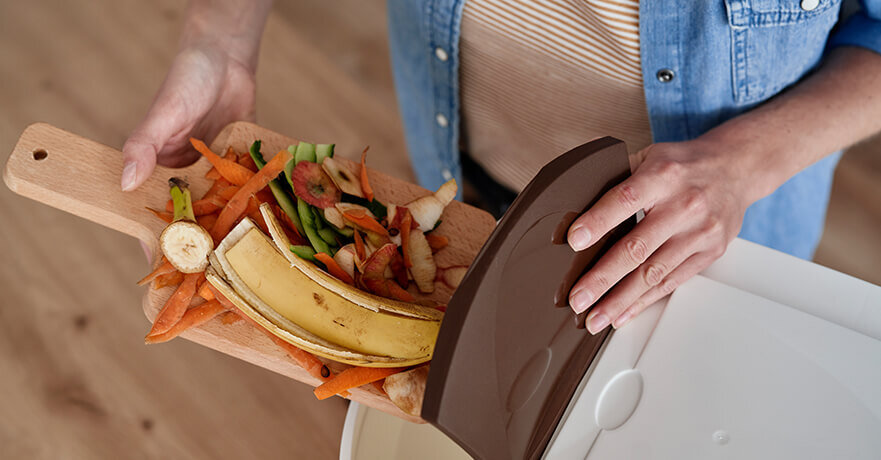We hate to say it, but food packaging is contributing to climate change. The UN released it’s latest IPCC report today, and the results aren’t good. Humans are spewing so much pollution into the atmosphere that there’s a good chance the world may break through the 1.5 degree Celsius threshold of warming within the next decade.
Unfortunately, food and beverage packaging is one of the major culprits since landfills are a huge contributor to greenhouse gases that are trapping heat in the atmosphere. The Environmental Protection Agency estimates that 30% of US waste is packaging… 34.5 million tons worth. With only 9% of that being recycled, most is still ending up in landfills and ecosystems. Not good.
We can help brands do better and it starts with more sustainable food packaging.
Consumers Want Sustainability
A Consumer Brands/Ipsos study conducted in early July shows that 84% of US consumers say they are concerned about plastic and packaging waste. And with only 65% of plastic packaging reported to be reusable, recyclable or compostable, we have a long way to go.
We always encouraging our clients to look for sustainable and green packaging resources. We realize there is a balance between the requirements of food safety and shelf life with compostable and recyclable food packaging. We also know that every little bit helps. With sustainable food packaging those “little bits” can turn into large initiatives and systemic change.
We realize that sustainability may seem like a large investment for a food startup. However, as the business grows, thousands of packages can turn into millions and your packaging can have a good, or bad, impact on the environment. It can also change how consumers perceive your brand. Many food brands have found sustainable packaging can be a positive. McKinsey even showed that 60-70% of consumers are willing to pay more for products that are sustainably packaged.
So What Are A Few Ways You Can Consider Making Your Food Packaging More Sustainable?
Minimizing Overall Packaging
It’s simple… use less and therefore leave less behind. Not only can eliminating excess materials minimize what goes into landfills, it can save your bottom line by reducing weight for shipping. For instance, Amazon is continually working to reduce the amount of packaging by minimizing size and weight, and moving to lighter weight materials. They have set serious sustainability goals to minimize waste including flexible paper-based mailers, eliminating thin-film plastics, increasing recycled content, reducing plastic and more.
Biodegradable Materials
When possible, biodegradable materials should be considered above recyclable. When properly composted, these materials break down into non-toxic carbon dioxide, biomass, and water. Alter Eco is a great inspiration for the whole industry as they move all of their food packaging to zero waste. One of their best inventions was for their quinoa when they created the first ever laminated stand-up pouch made of plant-based compostable materials.
Biodegradability has become the cornerstone for a lot of brands looking to reach sustainability, like Burger King testing sustainable packaging for guest-used items. Microsoft has committed to sustainable packaging for all it’s products, including their biggest consumer items for Xbox. Aldi is actively working to make all its food packaging reusable, recyclable or compostable in just the next four years. They are even working to minimize overall packaging materials by 15%.
Sustainable And Reusable Materials
We can’t control what an end consumer does with our product packaging after they purchase it, but we can always control what goes into it. We can recommend Forest Steward Council (FSC) certified paperboard from sustainably managed forests. We can work with the Climate Collaborative’s Packaging Initiative to make realistic goals and commitments for sustainable food packaging. We can source reusable containers instead of one and done packages. We can source 100% recyclable cardboard and paperboard, and print with vegetable based inks. Ultimately, there’s a wide range of things we can do to help make each and every product we put out into the world more sustainable.
Originally published on Pivot-Forward.com





